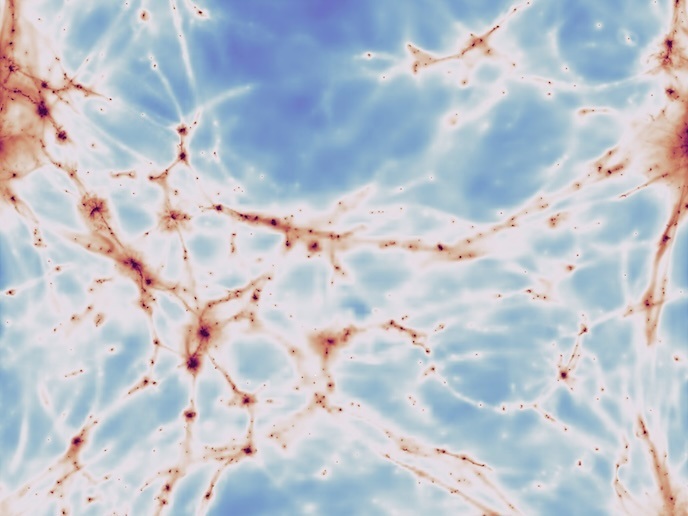Unearthing the magnetic heartbeat of terrestrial worlds
The Earth’s global magnetic field, a fundamental shield against solar wind, has intrigued scientists for decades. This field is generated internally by a dynamo mechanism fuelled by convection movements within our planet’s liquid metallic outer core and extends outwards to interact with the solar wind. This internal magnetic field undergoes both temporal drifts and sudden changes, known as secular variation(opens in new window) and jerks(opens in new window), respectively. Additionally, the Earth’s crust contributes to the internal field, as rocks get magnetised in the presence of a global magnetic field. The external part of the global magnetic field is shaped by ionospheric and magnetospheric currents, stemming from plasma ionised particle interactions with the Earth’s internal magnetic field and solar wind. Interestingly, amongst nearby terrestrial planets, only Mercury has an active core magnetic field. Venus lacks one, while the Mars’ and Moon’s crustal fields hint at nowadays extinct dynamos. These fields provide insight into the ancient core field characteristics (morphology, intensity and temporal variation).
Pioneering research into planetary crustal magnetic fields
Funded by the Marie Skłodowska-Curie Actions programme, the SIGMA project made significant strides in elucidating the nature of these planetary crustal magnetic fields. Using spacecraft magnetic field data, researchers developed methods to identify the location and geometry of regional magnetic sources on the Moon. This groundbreaking work enables, for the first time, the study of the magnetic anomalies on planetary surfaces more closely, connecting their origins to both dynamo and geological histories. “By replicating the Moon’s crustal magnetic fields, we are now closer to infer the conditions under which these magnetic anomalies formed, thereby illuminating the temporal evolution of the lunar dynamo,” notes Marie-Curie fellow Joana S. Oliveira. In addition to spacecraft data, magnetic surveys at low altitude on terrestrial analogues of volcanic structures on solar system planets were used to mimic low-height measurements in the planetary exploration context. By measuring the magnetic field of terrestrial equivalents of lunar and Martian geological features, such as lava tubes, lava flows and volcanoes, SIGMA deepened understanding of the relationship between rock magnetic carriers and magnetic field signals. The importance of including novel instruments to measure rock magnetic properties in future exploration missions (e.g. magnetic susceptometer) was also emphasised. Concurrently, preliminary research is being conducted on Mercury’s potentially magnetised surface, aiming to enrich the scientific outcomes of the European/Japan Space Agency exploration (ESA/JAXA) BepiColombo mission(opens in new window).
Shaping the future of planetary magnetic exploration
SIGMA opened up new avenues for exploring the crustal geological structures and their past. “Our newly developed techniques demonstrate that magnetic field data can be used not only to characterise a planet’s present-day magnetic field but also to infer its past state in intricate detail,” states project coordinator Marina Díaz Michelena. Furthermore, this data can now pinpoint magnetised material sources, shedding light on their geometry and origin. Project results will influence the future of planetary magnetic field exploration and boost European competitiveness in the field. These advanced techniques apply to several spatial scales, from ground to spaceborne measurements, and to any planetary body that once held an internal magnetic field. “Studying Earth’s magnetic field and its counterparts on other planets brings us closer to answering pressing questions about our planet’s past and future. Will we lose our magnetic shield? Time will tell, but the quest for knowledge continues,” concludes SIGMA’s team.







